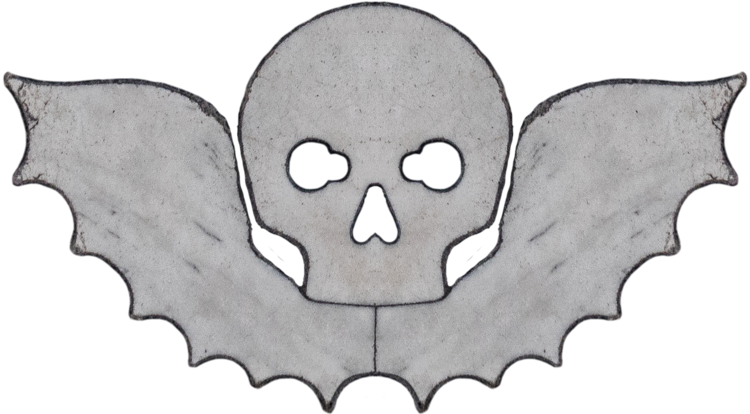Dusseldorf is the major city closest to Essen where I work, and also the airline hub we land at. Despite being very close, I've never made it there on a Saturday but have used it as a rainy Sunday fall-back location several times, when unfortunately there is much less to do and see with many things closed. Dusseldorf however is very famous for its art museums, and I've enjoyed the permanent collection and travelling exhibitions at the Museum Kunstpalast (Art Palace!) several times, as well as sometimes poking into the modern art museums. The Dusseldorf Palace was new to me, and quite interesting with its pink colour and large grounds, and quite similar to the Rococo palaces in Berlin at Charlottenburg and Schloss Sansoucci.
The Dusseldorf palace Schloss Benrath, was built from 1755-1770 for Charles Theodore, Prince-Elector, Count Palatine and Duke of Bavaria. The old German hierarchy is quite confusing, but obviously these are pretty important titles to have a palace built for you. Seems like he was ruler of the 'Palatinate' area around the Rhine and one of the most important secular princes in the Holy Roman Empire - which is actually the country of Germany until defeated by Napoleon in 1906 and formation of the German Confederation in 1915. Nothing to do with Romans at all, really! The day I visited the palace coincided with a classic Bentley and Rolls-Royce car club meeting for some extra colour. And unfortunately no photos allowed inside the palace itself. Usually these palaces like to charge you another 1-5 euros for a 'photo pass' wristband, which I'm happy to pay, but nothing doing here!
Following my visit to the palace and walk around the landscaped grounds to the Orangerie etc, I went back into Dusseldorf town to check out the permanent collection at the Kunstpalace art musuem, which I hadn't seen before. I particularly liked the architecture in the main foyer, with it's modern stained-glass panelled wall and quite severe style. After finishing at the museum I made my way into the centre of town to the Königsallee (the "King's Avenue") and discovered a brand new commercial precinct that had sprung up since last year - named the "Kö-Bogen" (the "King's Bow"), designed by none other than my favourite architect Daniel Liebeskind, who made the Jüdisches Museum in Berlin among many other impressive buildings.
